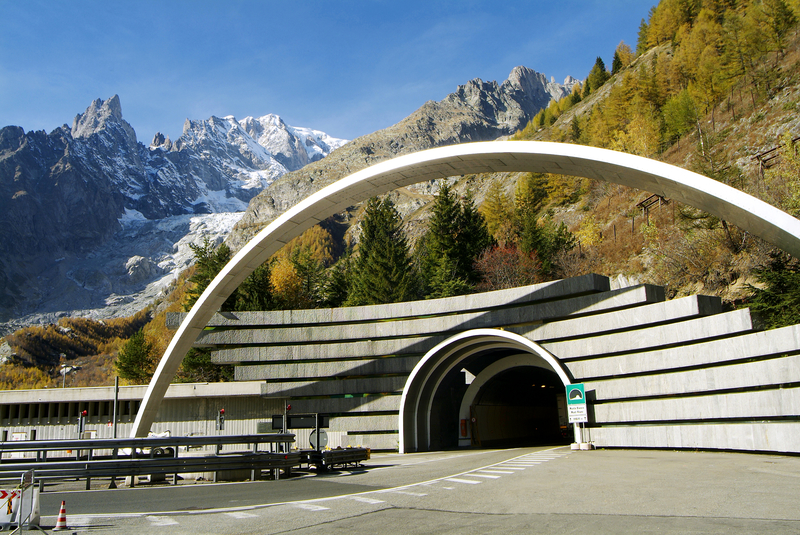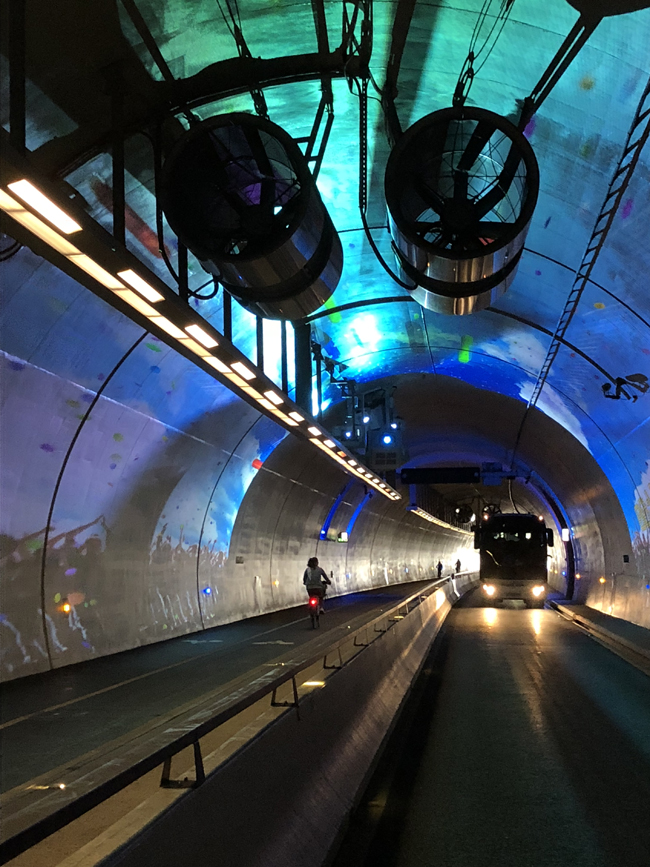
More than ever, tunnel management must be done in a holistic fashion. That was the message from André Broto, president of the World Road Associa-tion (
Since the disaster in Mont Blanc Tunnel in 1999 – when 39 people died after a Belgian transport truck carrying flour and margarine caught fire - France has spent more than €2 billion upgrading its road tunnels. The 11km Mont Blanc Tunnel links Chamonix in France with Courmayeur in Italy, via European route E25.
Around 90% of tunnel upgrade work in France has been done and there has been a marked drop in tunnel events because of it. “But fires will hap-pen,” she warned. France has fitted many of the latest smoke detectors, fan units and people-evacuation systems. These must, of course, be maintained as part of strategic tunnel maintenance. She also urged operators to carry out many more exercises to understand human behaviour during emergen-cies.
Fuel reaction
But there are many challenges on the horizon, said Chinzi. Not the least of them is the variety of fuels in vehicles, such as high-powered battery systems, hybrid power systems and hydrogen. How will these react during fires? Under what conditions will they start fires? These questions must be ex-plored.
Operators are facing increasing energy efficiency issues, said Alexandre Debs, project manager at the ministry of transport for the Canadian prov-ince of Quebec. In colder climates, such as Canada, it is important to ensure new tunnel management and safety systems remain heated to ensure ade-quate performance. But energy costs must still be kept down, he said.
Around 22% of energy costs for the tunnel section of Montreal’s Louis-Hippolyte Lafontaine Bridge–Tunnel that runs over and beneath the St Lawrence river goes towards heating mechanical systems to ensure perfect performance during cold weather. A call for proposals will likely go out early next year for upgrades to the tunnel that was opened in 1967, he said.
Automated possibilities
Similar to motorway operators, tunnel operators face challenges and risks from automated vehicles, said Henric Modig, leader of PIARC’s working group on human factors and intelligent traffic systems. Automated vehicles have a great ability to collect data about their surroundings. “It’s time to see automated vehicles as not just something passing through a tunnel but part of the tunnel system itself,” said Modig, a specialist in tunnel safety at Traf-ikverket, Sweden’s transport administration.
For example, in the event of an accident, an automated vehicle could relay information to the rescue and fire services about the vehicle if it is in dis-tress or in danger. How many occupants are inside? Are any of them disabled or small children? What type of fuel is on board and how much? This is extremely important information for emergency services teams when they first arrive on the scene. It could be relayed directly to tunnel control cen-tres, he suggested.
Gary Clark, who sits on PIARC’s vehicle emissions working group, is also chief engineer for the tunnel ventilation and fire life safety team at
Another concern is extinguishing these fires, or at least thinking you have. The burning may be extinguished but the fuel might remain unstable for some hours or even days, making it liable to re-ignite without warning. For this reason, explained Clark, these vehicles may need to be taken into isola-tion for up to 14 days before the fire is declared truly out.
Given these uncertainties, there might be an issue over even letting automated vehicles - and vehicles, whether automated or not, with certain types or standards of fuel - use a tunnel, said one delegate in the audience during a panel discussion.
Would tunnel owners or operators be able to ban vehicles that they deem an unusual threat to safety? Most likely, should there be a need for a ban, it would be done in conjunction with tunnel operators, vehicle manufacturers and politicians, said Modig.
Stand and deliver
Matthieu Taboureau, director of operations for the Lyon security and safety contract, which is held by GSA, demonstrates the IFEX 3001 Im-pulse firefighting gun. It is specially motorcycle-mounted for use by quick response teams. As part of the contract, emergency services must respond to an incident in a Lyon tunnel within four minutes of notification. The gas-powered IFEX system, made of rustproof steel, shoots a litre of water or foam at close to 400kph, aimed at the base of a fire.











